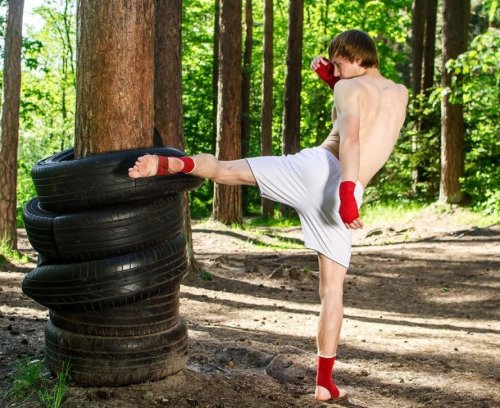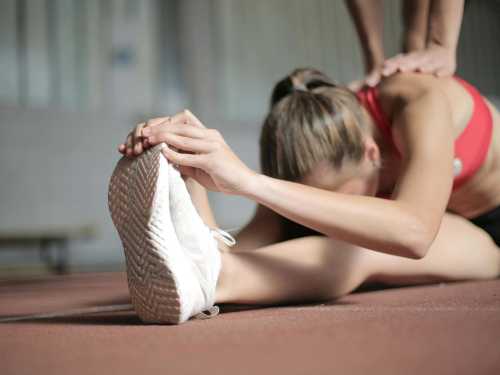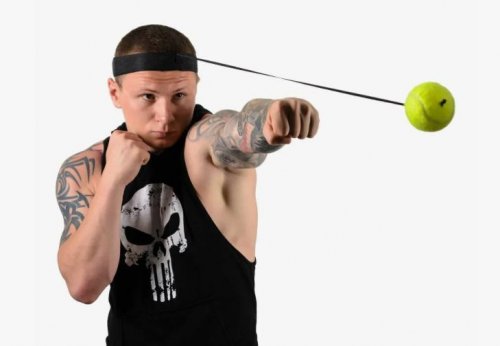
Not all martial arts enthusiasts live in big cities. And not everyone has the opportunity to train properly—in a club, with a coach and partners, even if there aren't any. The solution is to attend seminars and practice the material learned from instructors on your own. And it's good to have a partner. Working with a like-minded person is both more interesting and far more beneficial. But what if you don't have a partner?
In general, this isn't a big deal. The key is a sincere desire to learn and a willingness to work hard during training. Oh, and also intelligence and common sense. Although even these won't completely replace a training partner, especially in the first years of training. And that's where exercise equipment comes in handy. As usual: homemade, inexpensive, and quick-to-assemble.
Perhaps the simplest and most ancient “combat training device” is the pole. A vertically embedded log simulates an opponent. Naturally, it is struck. But even if you don't actually strike, but just visualize your blows, the pole will help you mentally “see” your opponent. I know from experience that many beginners have trouble visualizing an imaginary opponent. But in front of a pole or wall, it's much easier. It's also easier to estimate the distance to the target. All possible strikes, defenses, and many movements are practiced on the log/pole.
What does the pole “teach”? If you work with light contact, you'll learn distance, movement, and orientation in the combat space. With more intense contact, strength, technique, and conditioning are added. However, the need for conditioning doesn't mean you should just go crazy and beat yourself up. That is, you shouldn't slam into the pole, knocking your limbs out. You can get to that point if you want, but gradually. Start with “no contact”: stop the striking limb right at the target. Start slow and gradually increase the speed.
At the same time, learn to control your movements. In particular, measure the force of your strikes. And when you stop your strike close to the target, touch the post and “add” force to the projectile. You can do this several times without lifting your striking/blocking limb from the post. Just remember to use not only your striking arm or leg, but your entire body in each movement. And don't just tense your muscles—push the post, trying to move it.
And naturally, the pole isn't just used for striking, it's also used for wrestling. Just try “wrestling” with it, even just by embracing it! Just don't be lazy: try to pull the pole out of the ground and, conversely, drive it deeper; knock it over; rotate it along its axis… The main thing is that the pole is securely anchored in the ground. The most obvious thing is to dig it deep and fill it with concrete.
You can practice the technique on any available “post”: a ledge or a tree. If you don't focus on speed, neither the hardness nor the surface of the projectile will hinder you. With practice, your speed will increase, so you can work even on trees with rough, lumpy bark without causing damage. A permanent post or log should be equipped as a target for striking.
How? Either by securing a makiwara cushion at the desired height, or by wrapping a sufficiently thick and, if possible, resilient mat around the pole. This mat can usually be easily made from readily available materials: durable fabric, polyurethane, or, in a pinch, foam rubber, etc. The mat should, at a minimum, protect the hands from injury. Ideally, its texture should resemble that of the human body.
And definitely don't make it too soft. Your punching hand shouldn't sink in! And best of all… However, try hitting a good punching bag and you'll understand what the contact should feel like.
In fact, a firmly planted pole is the most common, but not the only option. For example, you can suspend a log wrapped in a thick mat like a punching bag: with a chain at the top and rubber bands at the bottom.
Or attach it to four guy wires arranged in a diagonal cross. A tire can be secured in a similar manner. Of course, working on it by hand isn't as convenient as on a sack or a log, but with a stick… We can also work on a pole with a stick or other objects. The mat in this case can be simpler; the most economical option is an old mattress, blanket, or mat. We're not hitting it with our hands, and the stick won't hurt even if it pierces the soft wrapping all the way to the wood.
If the pole imitates a standing person, then a horizontally secured log imitates an opponent's outstretched limb. The log's massiveness is beneficial in this case: shifting it, pushing it away, pulling it toward you, etc., requires effort. If the log is not only heavy but also firmly secured, you'll develop optimal technique. And how much training for the wrists comes from performing grabs and snatches on a thick log!
And we will continue our conversation about training on the pole…






